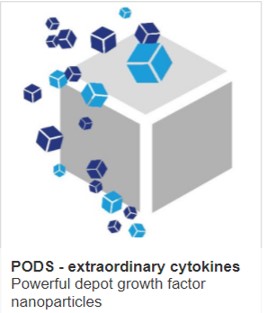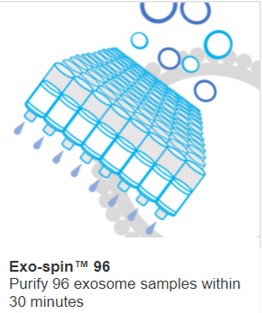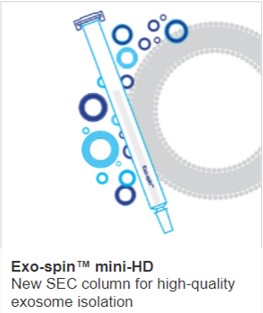Plant vs. Animal Extracellular Vesicles (EVs)

Extracellular vesicles (EVs) bridge biology, medicine, and biotechnology. These tiny membrane-bound particles are released by cells into their environment, carrying bioactive cargo such as proteins, lipids, and nucleic acids. EVs are best known in the context of mammalian systems, where exosomes and microvesicles play critical roles in intercellular communication. However, the number of plant EV studies are incrreasing and have revealed that plants also release vesicle-like particles with intriguing parallels, and key differences, from their animal counterparts.

Publications on plant EVs are rapidly increasing (not different scale bars). Data from Pubmed
Where do these EVs come from? Which proteins are characteristic, and how are plant-derived vesicle-like particles compare with “true” animal EVs?
Origins and Biogenesis
Animal EVs
Animal-derived EVs, including exosomes, microvesicles, and apoptotic bodies, originate via well-defined pathways:
- Exosomes form within multivesicular bodies (MVBs) that fuse with the plasma membrane to release intraluminal vesicles. They commonly range from ~30–150 nm in diameter
- Microvesicles are shed directly from the plasma membrane via outward budding, often enriched in specific transport and structural proteins
Plant EVs
Plant-derived extracellular vesicles (P-EVs) are also lipid bilayer vesicles released into the extracellular space, but their secretion mechanisms are less thoroughly delineated due to the complexity of the plant cell wall. EV-like structures in plants derive from MVBs, exocyst-positive organelles, or vacuolar routes For example, MVB-associated biogenesis of plant EVs parallels mechanisms in animals, yet the plant cell wall imposes unique biophysical constraints

Comparison of extracellular vesicle secretion in mammalian cells and plant cells. Mammalian EVs including apoptotic bodies, microvesicles, and exosomes are secreted in the extracellular medium. Plant EVs are also secreted in the extracellular medium (the apoplast). Exosomes are secreted by fusion of MVBs with the PM, EXPO vesicles are also secreted by fusion with the PM while microvesicles and apoptotic bodies are released through budding of the PM. EE: Early Endosome; ER: Endoplasmic Reticulum; ILVs: Intraluminal Vesicles; LE: Late Endosome; LPVC: Late Pre-vacuolar Compartment; MVB: Multivesicular Body; PM: Plasma Membrane; TGN: Trans Golgi Network; (proportions of organelle sizes not conserved). IMAGE and Text (CC2.0) Farley et al
Molecular Composition and Characteristic Proteins
Animal EVs
Common EV markers in animal systems include:
- Tetraspanins (e.g., CD9, CD63, CD81)
- Endosomal sorting proteins such as Alix, TSG101
- Heat shock proteins (HSP70, HSP90)
These are widely used to confirm the EV nature and purity of isolates
Plant EVs
While lacking canonical animal markers, plant EVs contain proteins with analogous or unique roles:
- Plant tetraspanins, such as TET-7 (in Salvia dominica hairy root–derived EVs) and TET-8 (Arabidopsis), function similarly to animal tetraspanins in membrane organization and may serve as biomarkers
- Other enriched proteins include cytoskeletal components, chaperones, integral membrane proteins, HSP70, annexins, aquaporins, and SNARE proteins like PEN1/SYP121 (involved in defense)
“Real” EVs vs. EV-Like Particles
- A critical distinction in EV research, particularly in plants, is between bona fide vesicles and EV-like contaminants.
- Real EVs are membrane-bound vesicles produced via defined biogenesis pathways (e.g., MVBs, plasma membrane budding) and carry specific biomolecular cargo.
- EV-like particles, commonly co-purified, can include:
- Membrane debris
- Protein/lipid aggregates
- Apoplastic components such as cell-wall fragments
- In plant samples, rigorous isolation strategies, like density-gradient ultracentrifugation, SEC columns (Exo-spin), protease treatments, and electron microscopy, are essential to validate the vesicular nature of isolates.
Functional Implications and Biological Roles
- Animal EVs are well-documented mediators of intercellular communication, involving signaling, immune modulation, development, and disease progression.
- Plant EVs participate in a range of physiological and inter-kingdom interactions:
- In plant immunity, EVs carry small RNAs and defense proteins that can be delivered to pathogenic fungi, reducing their virulence via cross-kingdom RNA interference
- Nanomedicine potential: P-EVs from edible plants (e.g., ginger, grape, broccoli) are biocompatible, biodegradable, and show promise as natural drug-delivery vectors with low immunogenicity
IMAGE: Tobacco plants CREDIT Derek Ramnsay (CC4.0)
Learn more about powerful technologies that are enabling research:



